Origin USA Rank Cultivar | Higher classification Chinese elm | |
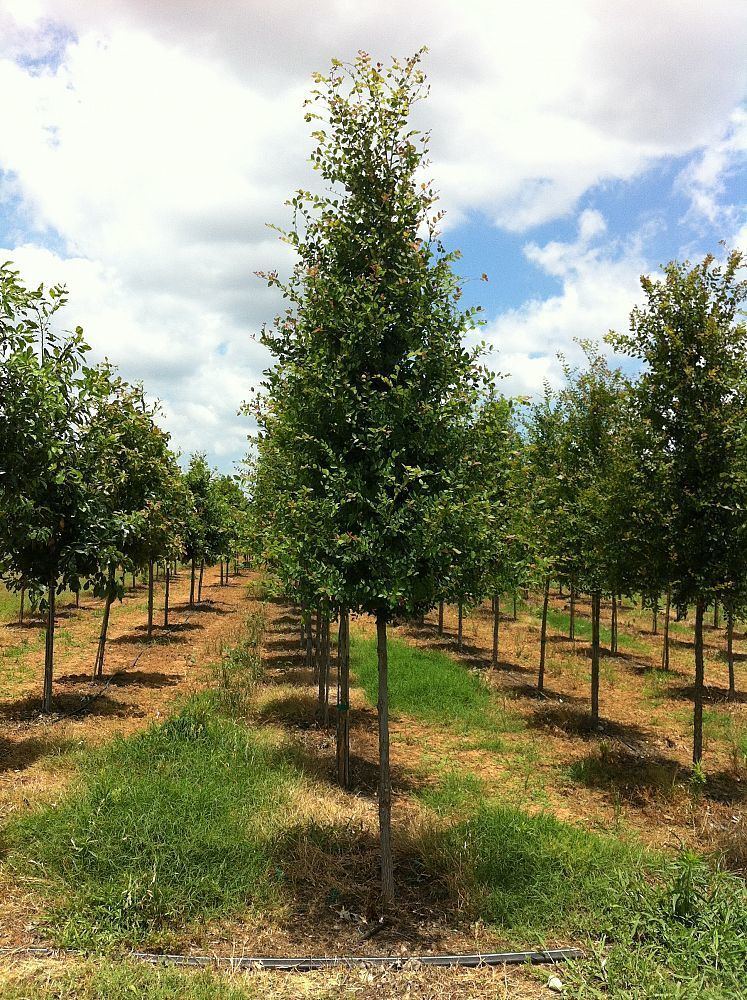 | ||
Scientific name Ulmus parvifolia 'Emer II' Similar Chinese elm, Elm, Ulmus parvifolia 'Drake', Ulmus 'Morton Stalwart, Ulmus americana 'Princeton' | ||
The Chinese Elm cultivar Ulmus parvifolia 'Emer II' or 'Emerald Vase' (selling name Allee) was cloned from a tree planted circa 1910 on the University of Georgia campus at Athens.
Contents
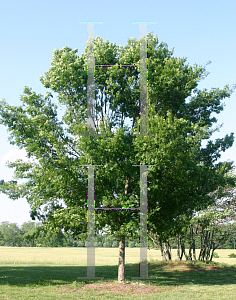
Description
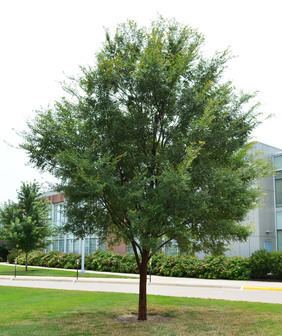
Allee can reach a height of about 15 m, with a more upright crown shape than its stablemate Athena, its spread approximately 13 m, with arching branches bearing medium green, glossy leaves turning orange to rust red in autumn. [1] The exfoliating, mottled bark has a puzzle-like pattern, and is considered attractive.
Pests and diseases
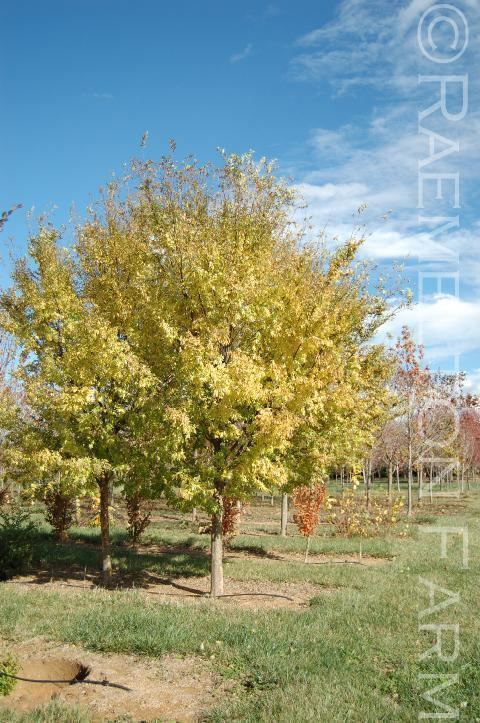
The species and its cultivars are highly resistant, but not immune, to Dutch elm disease, and unaffected by the Elm Leaf Beetle Xanthogaleruca luteola [2]. As with the species overall, damage caused by Japanese Beetle is relatively slight (< 8% defoliation).
Cultivation
Allee is reputedly drought tolerant, but in the elm trials [3] conducted by Northern Arizona University at Holbrook, Arizona, Allee proved unsuited to the hot, arid climate and sustained over 50% mortality in its first year, as did its sibling Athena. The tree is being evaluated in the National Elm Trial [4] coordinated by Colorado State University. Allee has reached Australia, but is not known to have been introduced to Europe.
Accessions
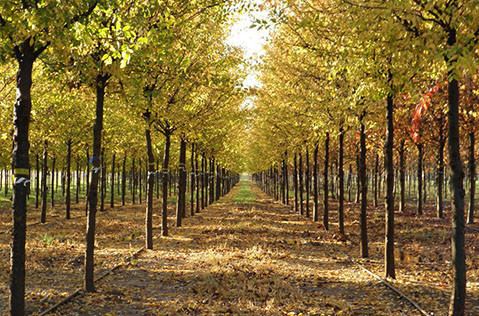
Nurseries
(Widely available)
